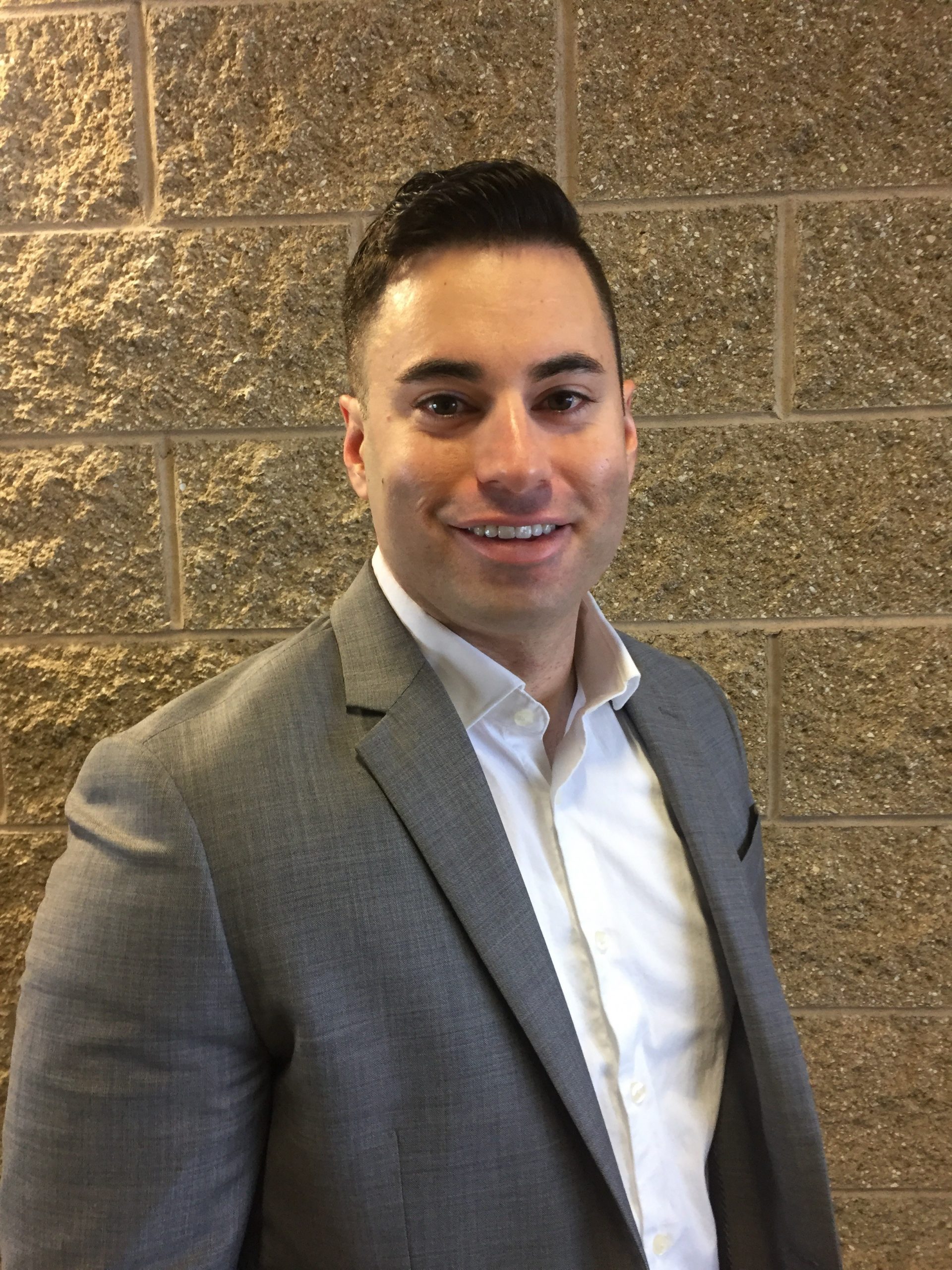The world of behavioral health and drug rehabilitation is ever-evolving. Drug rehabs and addiction treatment service providers need to evolve too if they want to keep up in this fast-paced industry.
Today, it’s not enough anymore to just offer great care. You have to be able to communicate that value clearly, consistently, and credibly to attract the attention of your ideal audience. This is where branding comes in.
If you are a treatment provider in this industry, you need to work with an addiction treatment marketing specialist. In this digital age, “branding” isn’t just another buzzword. It’s something that can guide your entire marketing strategy. And to get the most out of it, you need to work with the experts.
Here we are going to discuss branding for addiction treatment centers and what marketing specialists have to offer in this regard. Let’s take a closer look.
What is a Branding Addiction Treatment Marketing Specialist?
Simply put, a branding addiction treatment marketing specialist is someone who focuses on shaping and communicating the brand identity of drug and alcohol treatment centers. This includes everything from logo design and messaging to digital presence and patient experience. These marketing specialists are not just marketers—they are strategists and storytellers.
The roles of branding addiction treatment marketing specialists include:
- Defining brand voice and tone
- Designing logos, style guides, and visual elements
- Developing and executing content strategy
- Managing reputation across platforms
- Creating patient-centered messaging
- Aligning digital campaigns with brand values
Why Branding Matters in Addiction Treatment
The drug addiction treatment space is incredibly sensitive because it involves dealing with people who are in vulnerable situations. When individuals or families are seeking help for addiction, they are often in a state of crisis. At the same time, this field is also very competitive given that there are many treatment centers looking for new patients.
Branding helps facilities navigate these difficult waters by establishing trust, building their credibility, and allowing the right people to come to them. A professional, well-crafted brand can be the difference between a potential client choosing your facility or passing it over.
With a strong brand, you can communicate your reliability, effectiveness, and compassion—all of which are essential qualities that people look for when making one of the most important decisions of their lives.
Branding also sets the tone for how your treatment center is perceived, both online and in-person. It allows your rehab facility to build emotional connections with clients and their families before they even set foot in your center.
In a crowded market, branding also distinguishes your treatment center from others. With so many options available, clients can easily get overwhelmed. But more often than not, they will gravitate towards those that feel authentic and aligned with their values.
Establishing your brand through consistent messaging, visuals, and tone can reinforce your mission and create a sense of belonging.
Qualities of a Strong Brand
A strong brand in addiction treatment is built on authenticity, clarity, and consistency. It should reflect the true mission and values of your facility while making it easy for people to understand what you have to offer.
Your brand voice should be empathetic and professional, striking a tone that resonates with clients as well as their loved ones.
Regardless of how you choose to design your brand visually—including your color scheme, typography, and website design—it should always be clean, calming, and approachable. These elements work together to make a first impression that says “you can trust us”. When all of this aligns, it creates a cohesive experience that clients remember and connect with.
Strong branding is all about emotional resonance. Drug and alcohol addiction are emotional topics and so your brand must speak directly to the hopes, fears, and concerns of your audience. If they feel they can trust you with their recovery journey, they are more likely to choose your facility over other options.
Telling powerful stories, highlighting real success cases, and showing the human side of your team can help create that connection.
Transparency is also key—whether it’s about your treatment methods, staff qualifications, or success rates. Patients need to know exactly what to expect so they can make informed decisions on what program or treatment is right for them.
Done properly, branding can build lasting relationships and a sense of community. With some help from a branding marketing specialist, you can transform your center from just another facility into a trusted beacon of healing and recovery.
Core Branding Elements for Addiction Treatment Centers
If you want to build a successful addiction treatment brand, you need to think outside the box. It’s not just about choosing pretty colors and fonts. Here’s what really matters:
Mission, Vision, and Values
Your mission, vision, and values form the backbone of your addiction treatment center’s identity. They communicate your purpose, long-term goals, and the ethical principles guiding your work.
A strong mission statement clearly defines who you help and how you help them. Meanwhile, your vision inspires hope and sets a direction for future growth. Finally, it is your values that reflect your commitment to compassion, professionalism, and integrity.
All your branding decisions should be guided by these three things. Everything will be more cohesive if you approach it this way.
Visual Identity
Even though branding is more than just your logos and fonts, visual identity is still one of its biggest aspects. As you form your brand, you have to develop an image that will help people instantly recognize you even in this crowded market.
Your visual identity includes everything from your logo to your color palette, to your typography, to your imagery. Most addiction treatment centers go for visuals that are calming, reassuring, and professional. Your audience should feel safe when they look at your website. This is important because people don’t want to feel judged—they want to feel hopeful and supported.
Keep in mind that your visual style should be consistent across all materials, from your website and brochures to your social media, improving brand recall no matter where people see you from.
Voice and Tone
Your colors and logos help people visualize your brand, but it is your voice and tone that allow them to understand the personality behind it. How you communicate with clients and their families is important because they are likely struggling with the impact of substance abuse.
Your tone should strike a balance between professionalism and empathy. Your language should be clear, warm, and supportive, never clinical or condescending. Whether you’re writing blog posts, website copy, or social media captions, your tone should reassure people that they are not alone and that help is available.
On a similar note, a strong tagline captures the essence of your treatment center in a few memorable words. It should evoke hope, trust, and transformation—think of it as a verbal snapshot of your brand. Just like your visual identity, your voice, tone, and tagline should all be consistent across platforms.
User Experience (UX)
An often-neglected aspect of branding is user experience. This goes beyond web design—it’s about how people feel when they interact with your brand at every touchpoint.
From finding your website on Google to making a phone call or scheduling an intake, every step should be intuitive and stress-free. A smooth, compassionate UX helps with your credibility, showing potential clients that you care about their experience from the very first moment.
Strategies for Building a Trustworthy Rehab Brand
Knowing that branding is an essential part of marketing in an industry where the stakes are incredibly high, how exactly do you build that brand? Here are some foundational strategies that can guide you:
Start with Deep Research
Before you craft a single message or design a logo, you need to understand your audience inside and out. That means researching not only the demographics of your ideal client but also their emotional needs, pain points, and the barriers they face in seeking treatment.
Conduct interviews, analyze industry data, and explore what competitors are doing—both right and wrong. This foundational research helps ensure every element of your brand speaks directly to the people who need you most.
Develop Patient-Centered Messaging
Aside from developing your unique voice as a treatment provider, you should also work on your messaging. It should reflect the needs, fears, hopes, and language of your target audience. Avoid clinical jargon and focus instead on empathy, clarity, and support. Speak to the emotional journey of addiction and recovery in a way that feels personalized and reassuring.
When potential clients or their families see that you truly understand what they’re going through, they’re more likely to feel a sense of trust and connection.
Leverage Authentic Storytelling
Nothing builds credibility like real stories. Whether it’s testimonials from former clients (that you shared with their permission), profiles of your staff, or a compelling founding story, authenticity resonates deeply with people. Highlighting real experiences shows your audience that they are not alone in their struggles, and that there is hope for long-lasting recovery.
Invest in Community and Referrals
Trust often spreads through word of mouth. Build relationships with local healthcare providers, therapists, support groups, and even former clients who can become brand advocates. Participate in community events, support local causes, and stay active in online support forums. These connections not only reinforce your credibility but also lets you get referrals organically. This is one of the most powerful tools in building a lasting, trustworthy brand.
Brand Positioning in a Saturated Market
With countless options ranging from high-end Malibu retreats to community-based centers, the key to standing out is defining a niche that speaks directly to your ideal client. Proper brand positioning in a saturated market like addiction treatment requires a lot of creativity.
Whether it’s focusing on young adults, veterans, professionals, or gender-specific programs, narrowing your target allows you to tailor messaging, services, and even aesthetics for maximum impact. It’s not about being everything to everyone—it’s about being the right option for someone. In a space where many centers blur together, specificity becomes a selling point.
The tricky part is that you can’t treat this as just another marketing tactic. Like all things related to branding, it needs to be authentic, otherwise it won’t connect.
To rise above the noise, you need to be bold, but honest. That means embracing what makes your program unique, and sharing it with confidence and transparency. Don’t shy away from showing the human side of your staff, the challenges clients face, or the real stories of transformation. In a world where trust is currency, honesty is what builds loyalty.
Ethical Considerations in Addiction Treatment Branding
All of these strategies and considerations must be done with ethics in mind. Treatment centers must prioritize honesty and transparency in their messaging to avoid exploiting their target audience as they are already in a vulnerable position. Misleading promises, exaggerated success rates, or messaging that stigmatizes and shames people can manipulate those in crisis instead of genuinely supporting them.
Ethical branding should emphasize empathy, hope, and support, while remaining grounded in realistic outcomes and scientifically supported treatment methods.
One of the biggest ethical considerations in addiction treatment marketing is protecting the privacy and dignity of clients. Your marketing campaign should never use patient stories, images, or testimonials without fully informed consent.
Even with their consent, remember that sensitivity is key—messages must respect the humanity of those in recovery and avoid turning their experiences into marketing tools.
Work with MasterMindSEO
When done right, branding can bridge the gap between a cry for help and real, lasting recovery. But with so many considerations from branding to ethics, rehab centers are better off working with the professionals in order to navigate everything effectively.
As a whole, digital marketing should always aim to empower people to make informed decisions about their recovery, providing them with resources and support rather than exploiting their struggles for profit. So if you’re in this space: stay human, stay ethical, and stay intentional. The people you’re trying to reach are counting on it.
It’s not just about clicks, traffic, or ROI. It’s about connecting with real people who are searching for hope—often at one of the hardest moments in their lives.
MasterMindSEO has experience in performing digital marketing campaigns for e-commerce, national, regional and local businesses. Email or call and we will be happy to see how we can help your center get more leads and help more patients!
Ready to take your addiction treatment SEO to the next level? Want to rank your detox center on Google Maps? Let MasterMindSEO help you.


